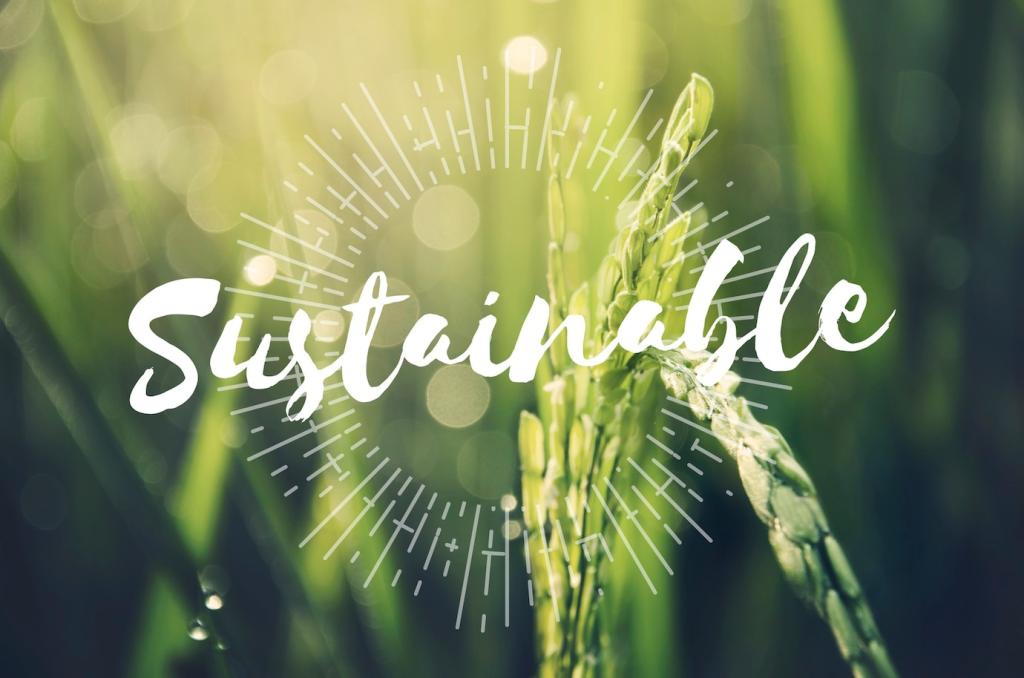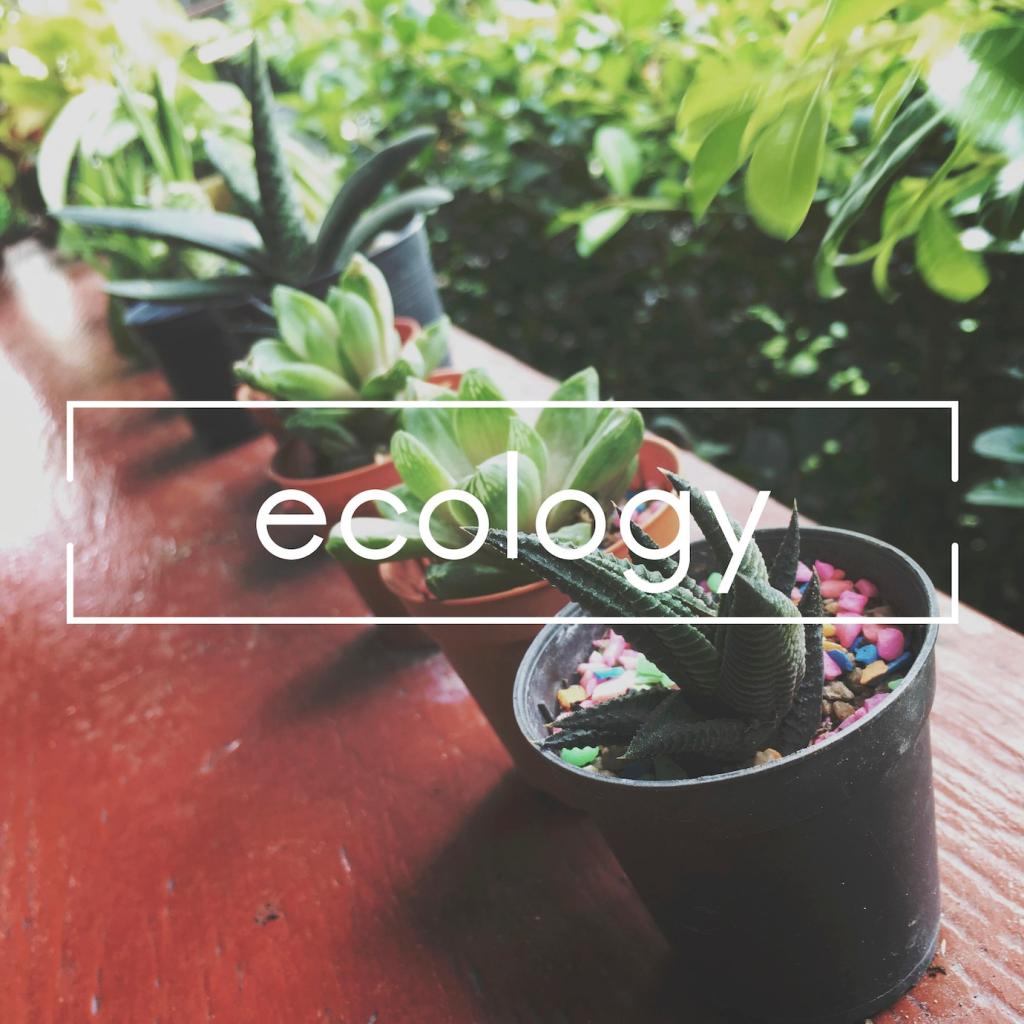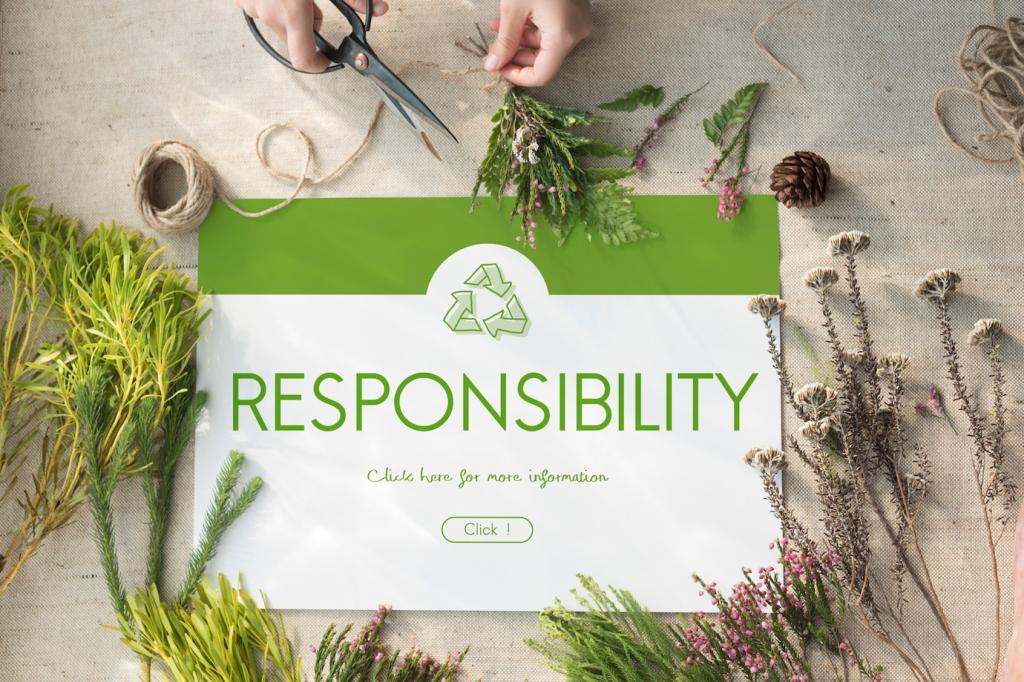Healthier Adhesives, Finishes, and Edgebanding
Waterborne polyurethane, hardwax oils, and linseed-based coatings cut down harsh fumes while sealing surfaces beautifully. Your kitchen airs out faster, and food smells like dinner rather than solvents.
Healthier Adhesives, Finishes, and Edgebanding
Look for NAUF and CARB Phase 2 or TSCA Title VI labels. These standards limit formaldehyde emissions from composite wood, safeguarding indoor air and meeting modern health expectations.



